Museums Near Oak Park, Illinois
Unlock the doors to discovery and delve into a world of art, history, science, and more! The western suburbs are home to a treasure trove of museums packed with exciting exhibitions and interactive displays.
Perfect for family trips, solo adventures, or educational excursions, these museums offer a unique window into the cultural heritage and history of the area. Get ready to explore the museums in our area and come along for a journey filled with fun, learning, and community.
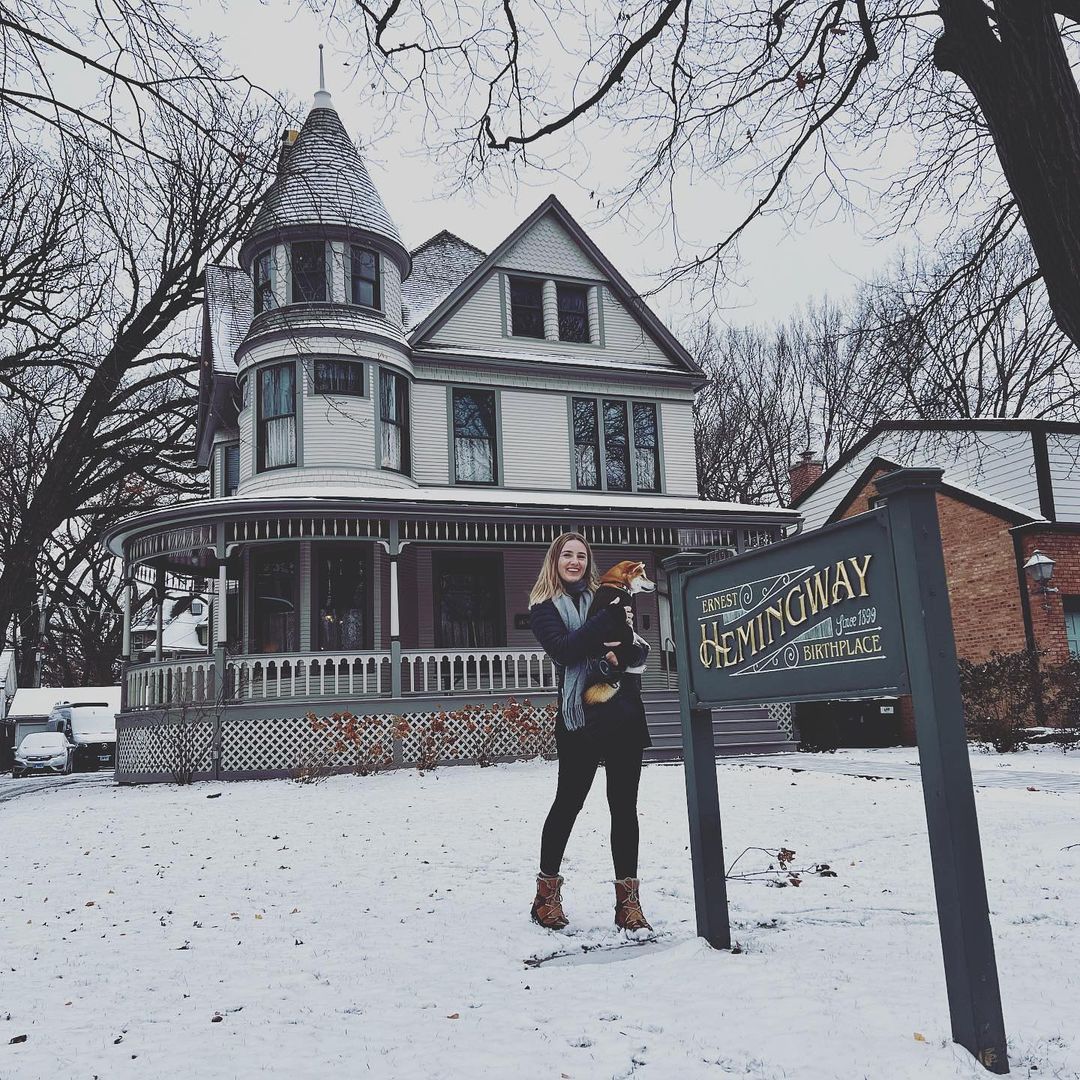
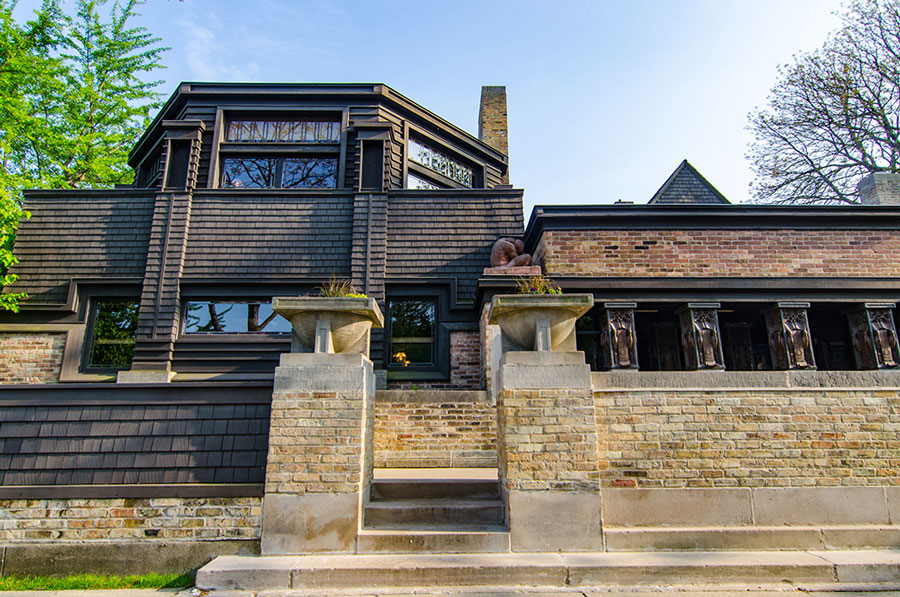
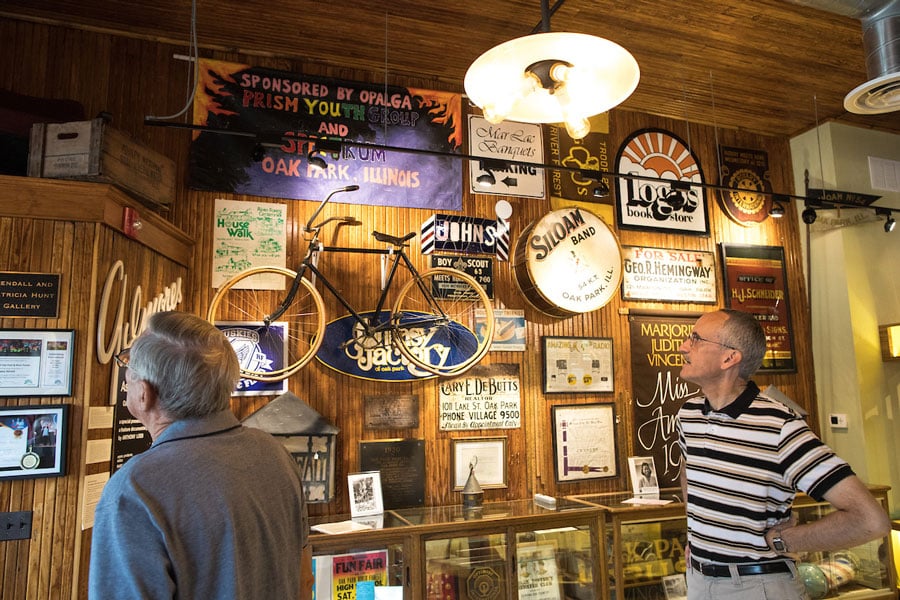
The Ernest Hemingway Birthplace Museum is located in Oak Park, Illinois, just west of downtown Chicago. It offers a unique opportunity for visitors to explore the roots of the renowned author's life and work. It was in this Queen Anne home, built in 1890 by Hemingway's maternal grandparents, where the Pulitzer Prize-winning author was born on July 21, 1899.
The museum, which began its restoration in 1992, authentically returns the house to its 1890s Victorian heritage, allowing visitors to step back in time through the furnishings and stories of the young Hemingway. The home, designed by architect Wesley Arnold, maintains many of its original features and offers a glimpse into life at the turn of the 20th century. In addition to tours, the museum offers a wide range of programs and events where visitors can learn more about Hemingway, his life, and his work.
Frank Lloyd Wright's Oak Park Home and Studio, completed in 1889, was the first building he had complete artistic control. It was the birthplace of Wright’s vision for a new American architecture. He revised the home's design multiple times during the twenty years he lived there. Wright designed over 150 projects in the home and studio, establishing his legacy as a great and visionary architect.
Oak Park, where Wright built his home, offered a retreat from the hurried pace of city life and was a product of the nineteenth-century culture from which Wright emerged. For the exterior of his home, Wright adapted the picturesque Shingle style, fashionable for the vacation homes of wealthy East Coast families. The home's interior indicates Wright's desire to liberate space and incorporate artwork and objects that bring warmth and richness to the interiors. In 1895, Wright undertook his first major renovation of the home to accommodate his growing family, which marked a significant development in the evolution of his style and brought him closer to his ideal for the new American home. The Home and Studio was the birthplace of Wright's vision for a new American architecture. Wright designed over 150 projects in his Oak Park Studio, establishing his legacy as a great and visionary architect.
Today, the home is a space where people from all over come to see the humble beginnings of the notable architect and the Prairie style he created. In addition to tours, there are year-round programs to learn about Frank Lloyd Wright, his family life, and his groundbreaking career.
Often considered landscape art under glass, a conservatory is like a living museum dedicated to plants and nature. And this hidden oasis is a must-see!
The Oak Park Conservatory is a community gem in historic Oak Park, Illinois. It is one of the top three historical sites in Oak Park and attracts over 50,000 visitors annually. The Conservatory is free to the public and offers a lush atmosphere of flora and fauna throughout its three indoor showrooms, including a Mediterranean room, Tropical room, and Desert room. Visitors can enjoy the Urban outdoor gardens in the Elsie Jacobsen Discovery Garden & Rubinstein Garden, which represent Illinois native ecosystems.
In addition to its beautiful gardens and exhibits, the Oak Park Conservatory offers a variety of nature and gardening classes for all ages. These classes include hands-on workshops, lectures, children's programs, and camps. Visitors can also attend popular events such as the Annual Spring Plant Sale, Fall Fest, and KidsFest. Whether you're a seasoned gardener or simply looking for a peaceful escape from the city, the Oak Park Conservatory is the perfect place to enjoy the beauty of nature.
The Oak Park River Forest Museum is operated by the Historical Society of Oak Park and River Forest, established in 1968. In 2017, the society moved to its current location at 129 Lake Street in Oak Park, where it operates the Museum and the Jeanette S. and Ellis K. Fields Research Center and archives. As a not-for-profit corporation, the Historical society relies on memberships, earned income, and donations from residents and businesses for its operation, as it does not receive any local tax dollars.
The Museum features a space for children's activities and rotating exhibits on local history. The Museum's collection includes thousands of photographs, vintage costumes, and artifacts donated by families, organizations, and local businesses. The exhibition is a valuable resource for area residents, students, writers, journalists, filmmakers, government bodies, and organizations seeking to learn more about the area's past and evolution. The collection continues to grow and is accessible through special programs, exhibits, and the Fields Research Center.
Wonder Works is a child-sized world with six experience zones where little ones can explore, experiment, create and imagine.
Their mission? To create an environment that sparks curiosity and creativity in all young children through positive play-based learning experiences.
Plus, in addition to daily fun, you’ll find extra special events throughout the year.
You can find tickets for daily admissions, memberships, field trips, private and semi-private parties as well!
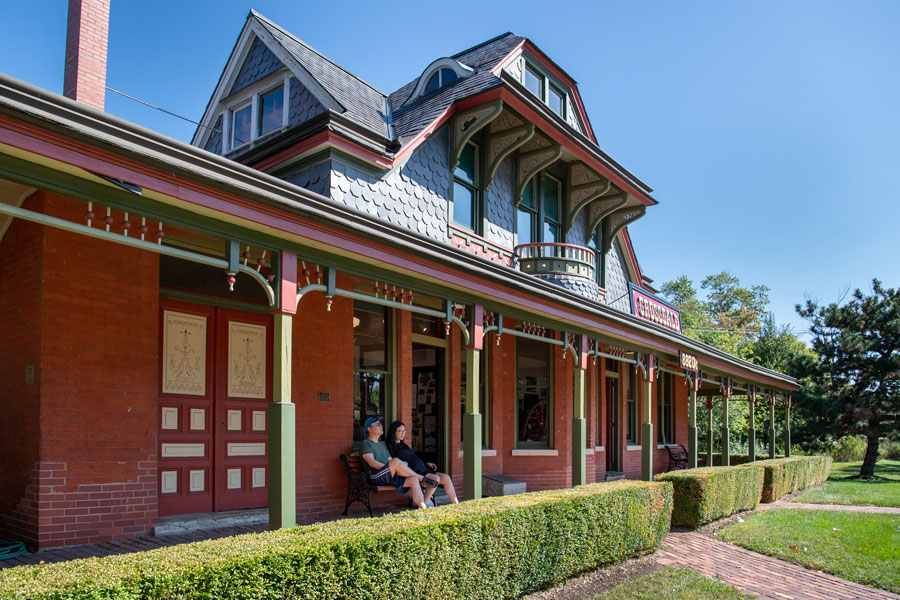
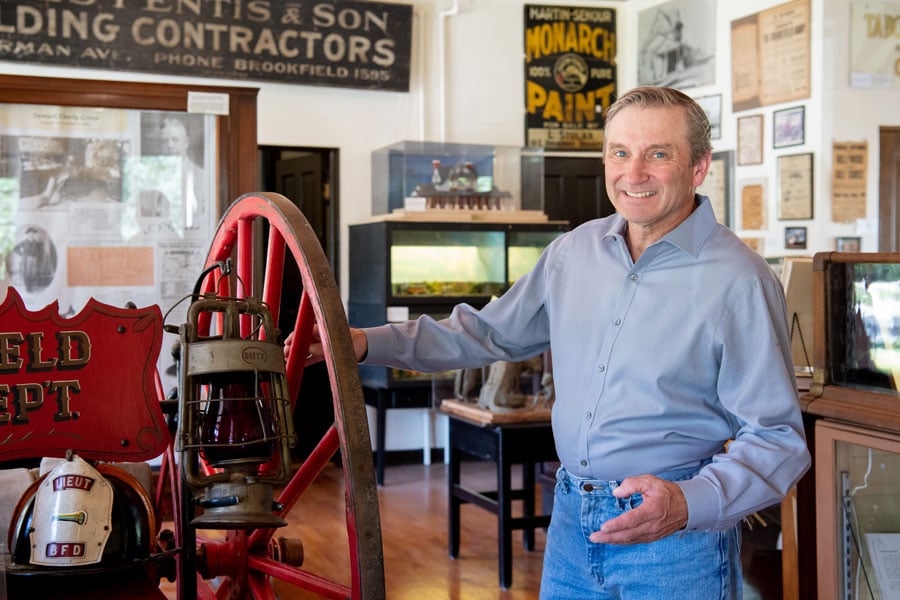
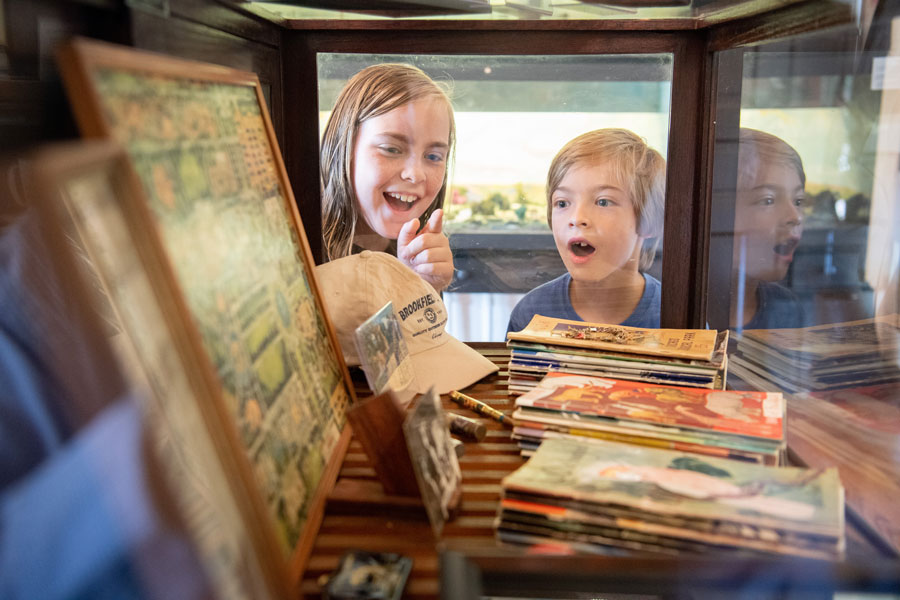
The Grossdale Station Historical Museum in Brookfield, IL, is a testament to the community's commitment to preserving its rich history. Samuel Eberly Gross built the station in 1889 as a state-of-the-art transportation hub with red brick, limestone window sills, oak ceilings, and maple floors. At the time, it had two separate waiting rooms for men and women, reflecting the era's social norms.
In the 1980s, the railroad planned to demolish the old station and build a new one, but a group of Brookfield residents came together to save it. The Brookfield Historical Society moved the station across the train tracks in 1981 and restored it to its former glory. Today, the beautifully restored Grossdale Station is a small museum celebrating Brookfield's history and reminding the community of its commitment to preserving its heritage.
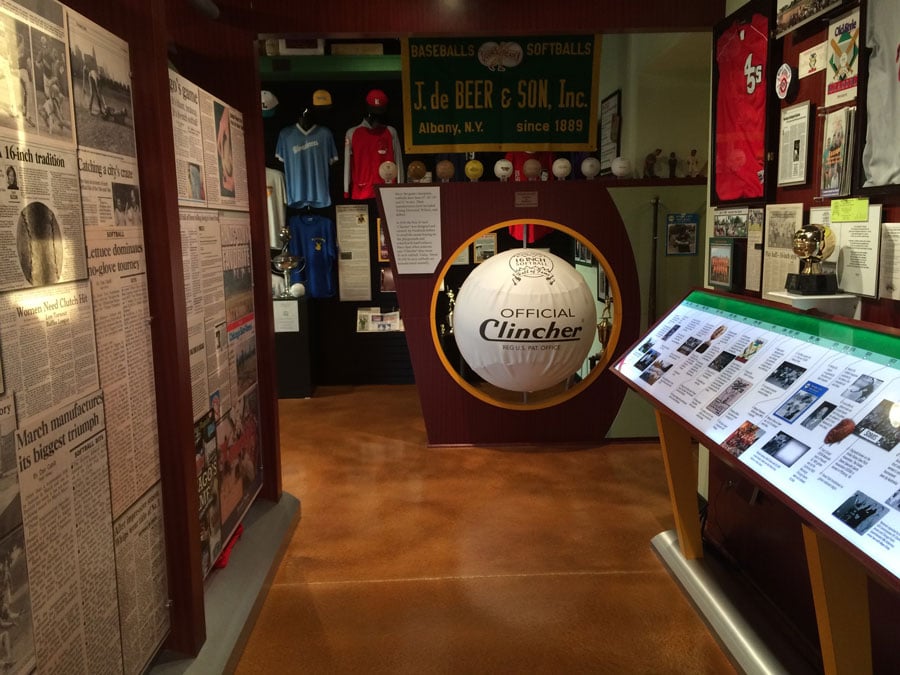
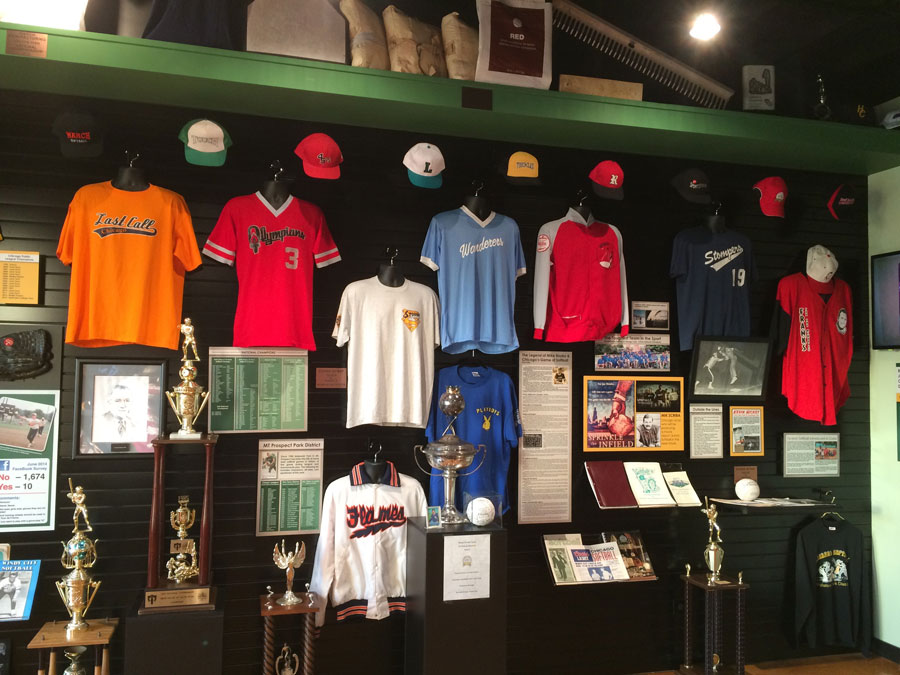
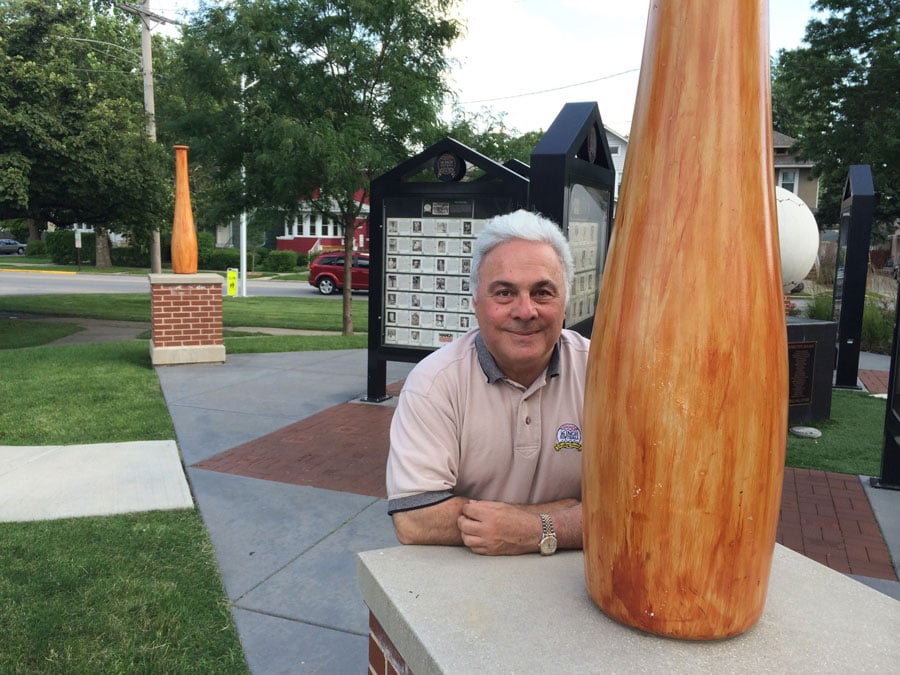
The 16 Inch Softball Hall of Fame Museum in Forest Park is the go-to place for anyone interested in learning about this unique and popular sport with deep roots in the Chicago area. With its origins dating back to 1887, 16-inch softball started with a wrapped-up boxing glove and a broomstick in crowded city parks. It was a hit because the larger ball didn't fly as far, making it an ideal choice for urban parks.
Inside the museum, visitors can immerse themselves in the history of 16-inch softball, exploring its timeline, reading news articles, and learning about the contributions made by female and African-American athletes to the sport. The museum even houses the original wrapped-up boxing glove that started it all! The 16 Inch Softball Hall of Fame is located in Forest Park, steps away from where the No-Gloves National Championships are played, making it an essential destination for fans and enthusiasts of the sport.
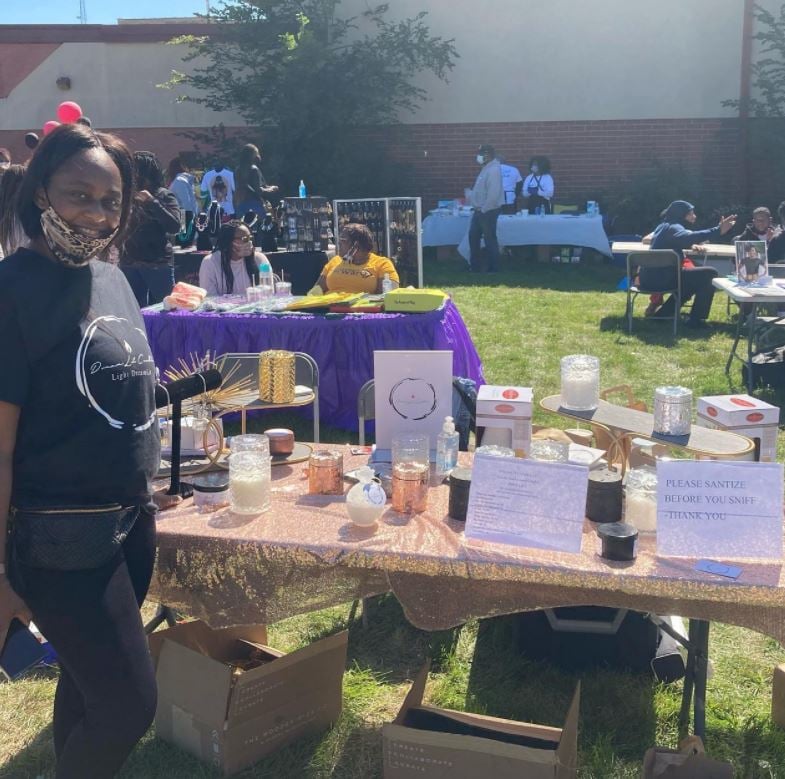


The story of the West Town Museum of Cultural History begins back in 1968 when George E. Stone founded Operation UpLift INC., a nonprofit offering job training and counseling to minorities in Proviso Township. Through the work of Operation UpLift, Stone is credited for placing many people in well-paying jobs and for implementing some of the first affirmative action programs in the area.
After Stone passed away, his wife, Northica, sought to preserve his legacy. She worked with Operation UpLift to create the West Town Museum of Cultural History to preserve and re-discover the lost histories of Maywood and Proviso Township. The result is the first public museum in Maywood, and a museum with a multi-faceted mission to honor a community and its legacy while telling the true story of American history. Some things that you’ll see at the museum are slave manacles and photographs of the first African-American family to own a home in Maywood.
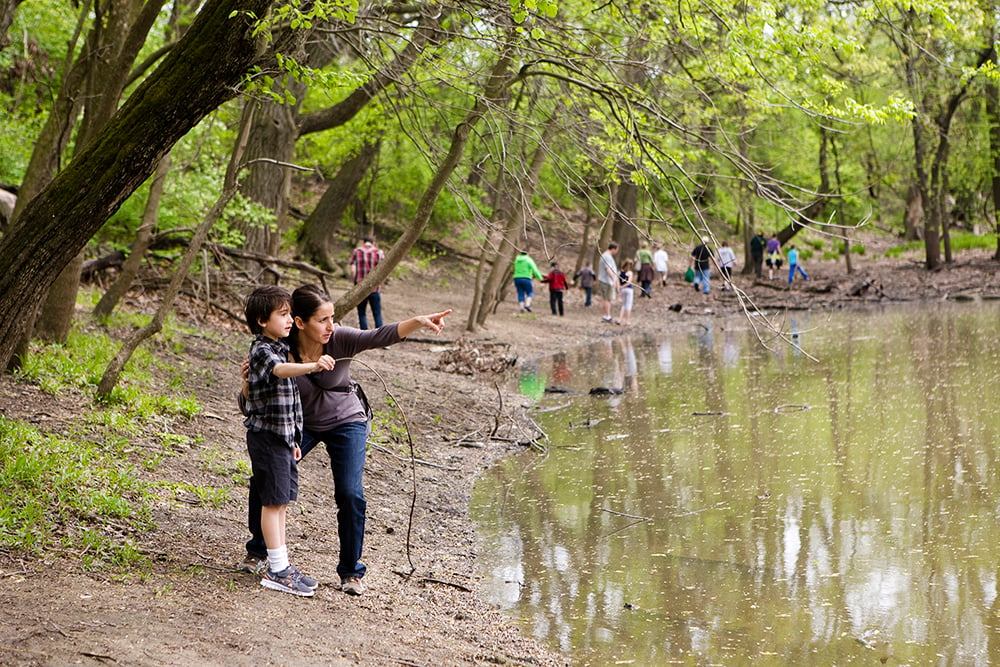
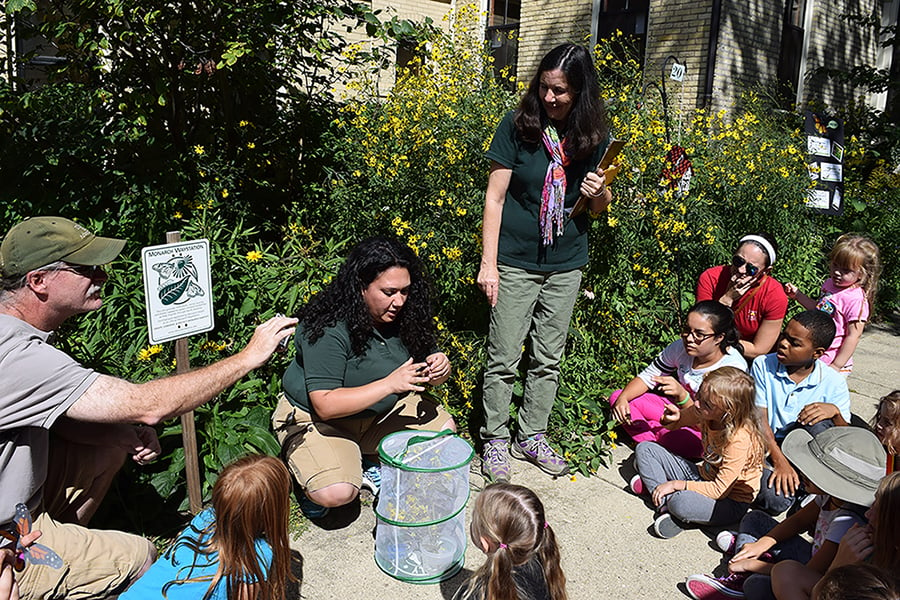
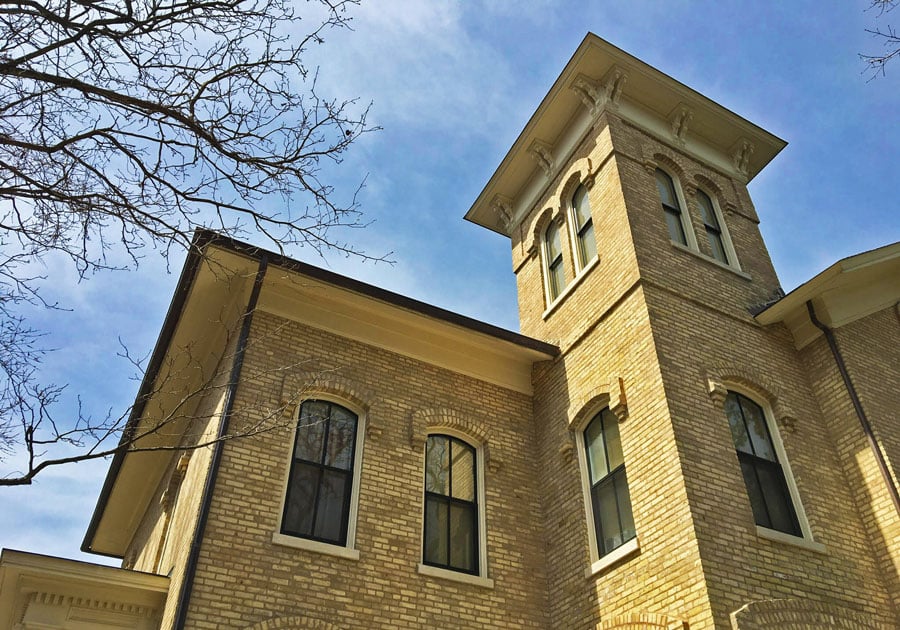
The Hal Tyrrell Trailside Museum of Natural History is a destination for visitors to discover displays of live native animals, colorful wildflower gardens, information about local wildlife and their habitats, and more. Established in 1932, Trailside Museum served as the first public nature education facility for the Forest Preserves. Today, the museum is housed within a historic 1876 mansion and is proud to display “every plant and animal in Cook County, live or mounted, for the education of the public.
During the warmer months, visitors can relax or get active in the surrounding forest preserves of Cook County. With thousands of acres to explore, hiking and fishing opportunities abound in the beautiful oak woodlands. With over 350 miles of paved and unpaved trails, the forest preserves offer various outdoor activities, such as cross-country skiing, horseback riding, and mountain biking.
The forest preserves also offer free or low-cost events and programs. Visitors can join a camping basics workshop or bring the kids to a concert in the woods. Activities range from "forest bathing" to an owl prowl to nature photography. Most events are held at one of the six nature centers across Cook County. Visitors can stop by during open hours to see native animals and other exhibits, talk with a naturalist on staff, or take a walk on the grounds.
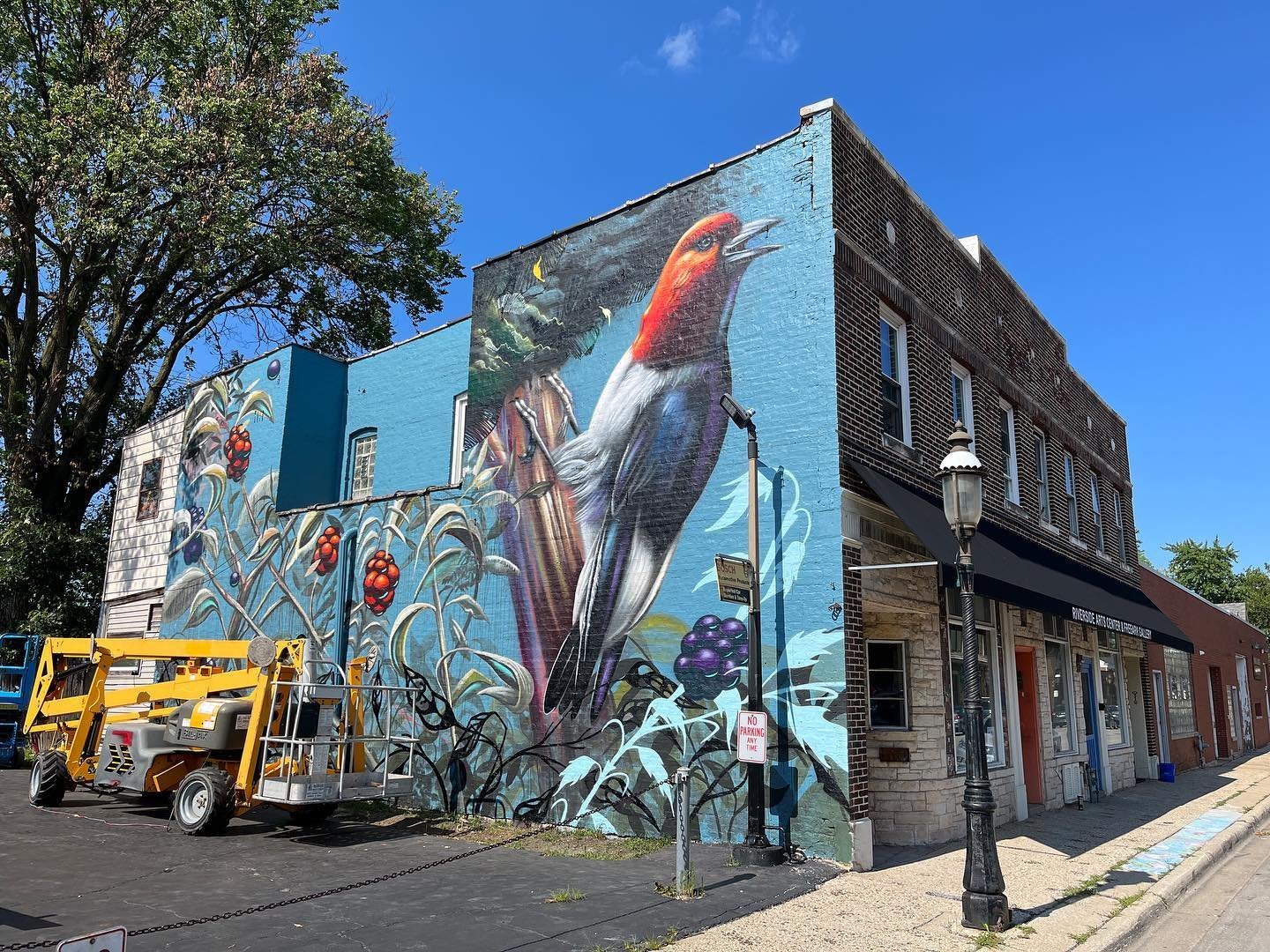
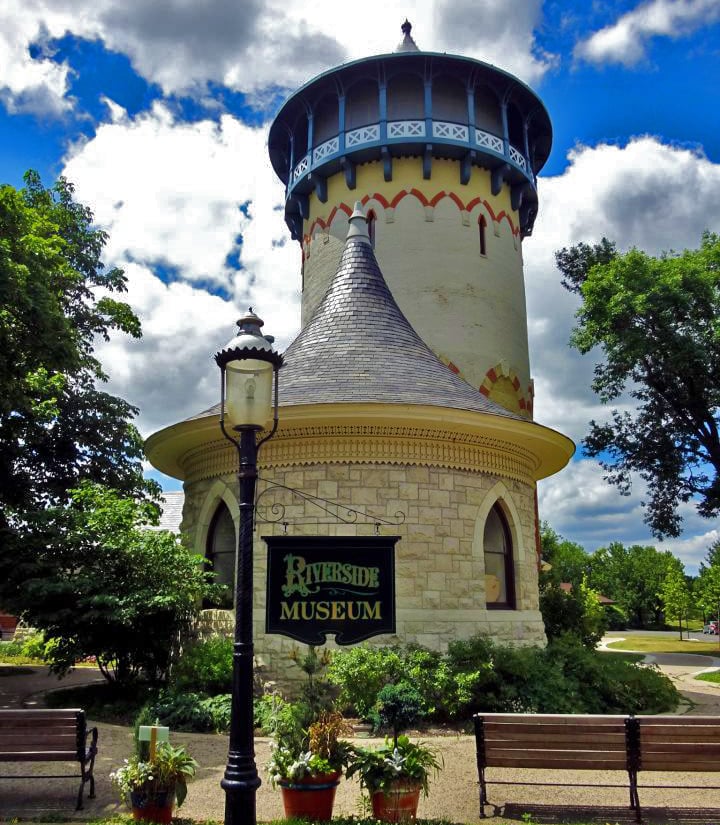
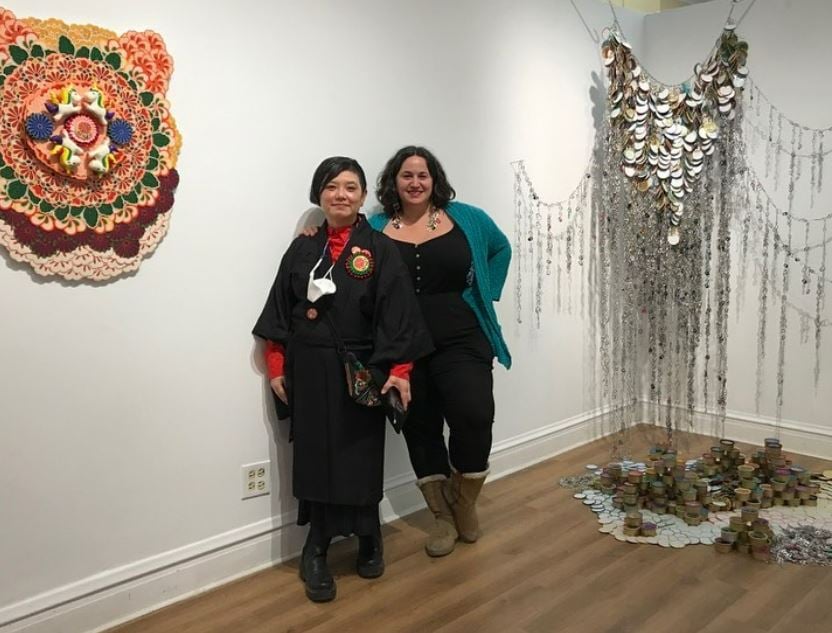
The Riverside Arts Center has a rich history dating back to the early 1950s when a group of artists formed the Riverside Art Association to promote the study and appreciation of the arts. Initially housed in a former Municipal Dog Pound, the Association outgrew the space and purchased the historic Riverside YWCA building designed by architect Julia Morgan. The building was placed on the National Register of Historic Places in 1982 and designated a Historic Landmark by the City of Riverside in 1990.
In 1991, a successful fundraising campaign allowed for extensive renovations, including a sophisticated climate control system, increased exhibition space, collection storage, and a wheelchair ramp. Further renovations and repairs have been made in the following years to maintain the functionality and beauty of the historic building. The Museum now boasts two spacious first-floor galleries, two smaller second-floor galleries, a conference room, and a children's gallery and studio art classroom.
The Riverside Arts Center is home to incredible art exhibitions, events, and tours. The distinctive architecture of the building, designed by Julia Morgan, is a testament to her skill and enduring sensibilities. The spirit of the building's original architect is forever preserved in the timeless quality and beautiful design of the Riverside Arts Center.
The Riverside Historical Museum, operated by the Historical Commission, promotes awareness and understanding of the cultural and historical significance of the Village of Riverside, Illinois. Riverside is one of the first planned suburban communities and was designed by Frederick Law Olmsted and Calvert Vaux. The Museum is open on Saturdays from 10:00 a.m. to 2:00 p.m. The Village is a designated National Historic Landmark.
The Museum has a unique collection of artifacts, photographs, and archival materials that emphasize the planning and landscape architecture of Frederick Law Olmsted and Calvert Vaux. The legacy of Olmsted and Vaux includes public buildings and private residences designed by significant architects and local history dating from the Native American period to the present. The Museum enriches the cultural life of its residents and the public through tours of the Village's landscape, architectural landmarks, lectures, publications, and educational outreach.










